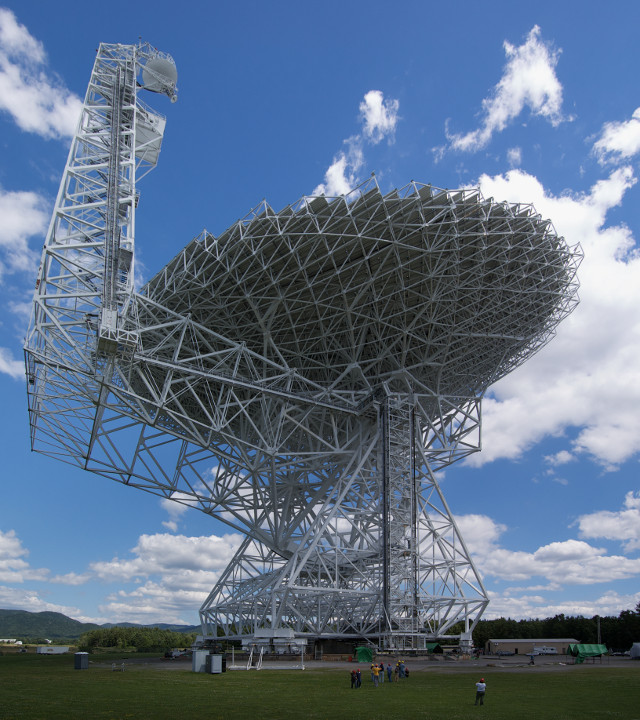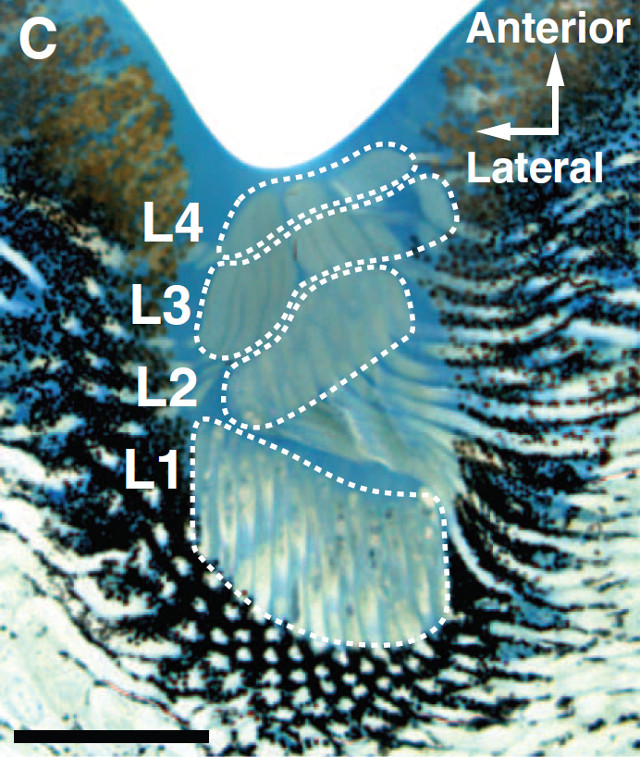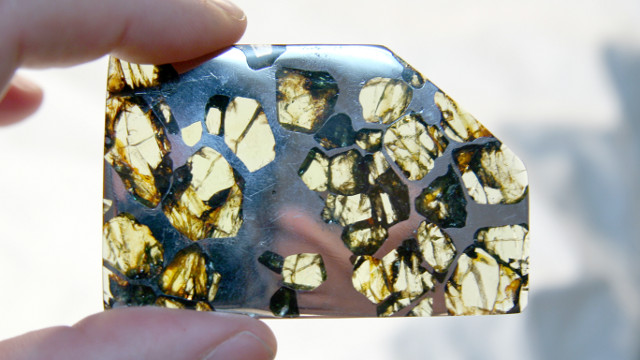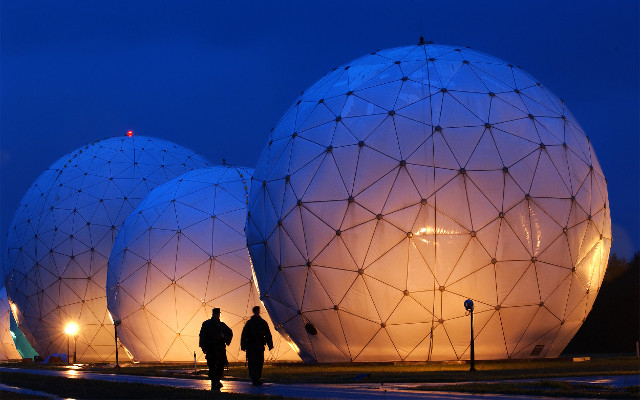
Radomes at the Misawa Air Base in Japan.
I have always loved radomes. From my Godmother’s farm it’s possible to see the radomes at a local RAF base and I always used to refer to them as “golf balls”.
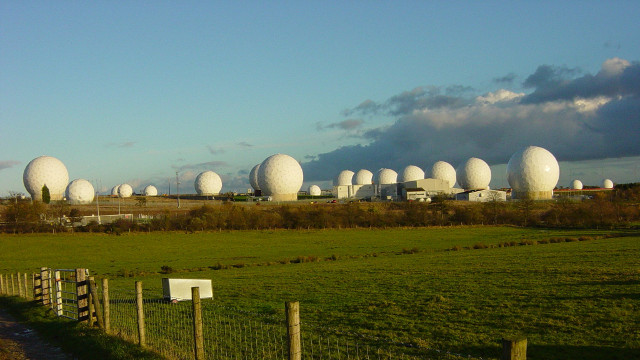
Radomes at Menwith Hill RAF base.
The true purpose of radomes is very simple: they exist to protect radio installations from weather and to conceal (in the case of directional antennae) the direction in which the antenna is pointed.* The material from which they are made must be transparent to the microwave radio signals being transmitted and received; I suspect fiberglass or Tyvek would be commonly used.
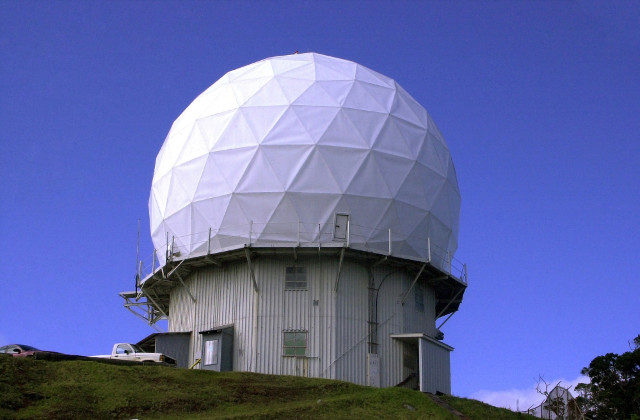
A radome protecting a height-finding radar in Hawaii.
* For example, the antennae at the Menwith Hill RAF base are believed to regularly intercept satellite transmissions and covering the antennae prevents the satellites being targeted from being identified.
